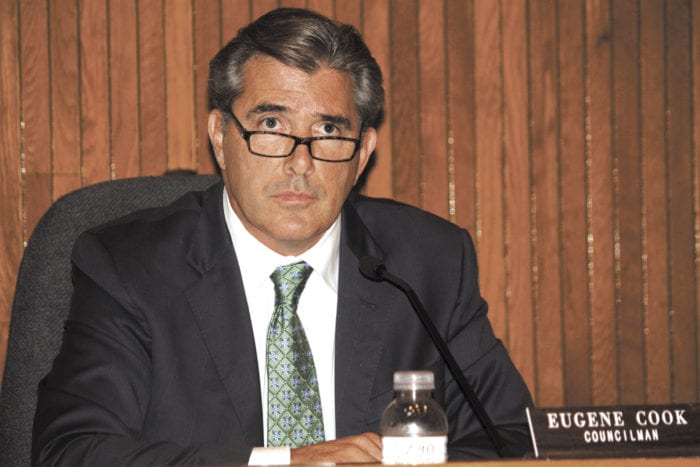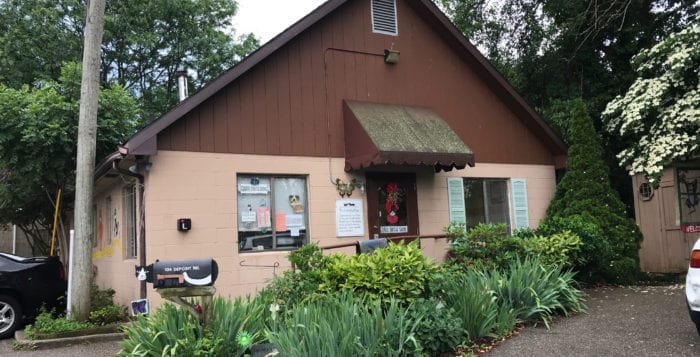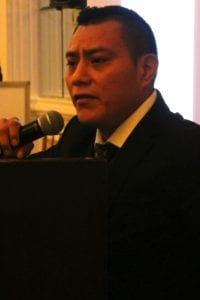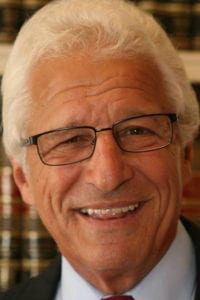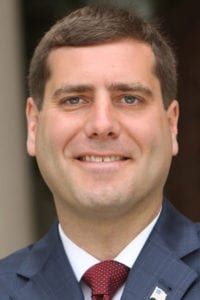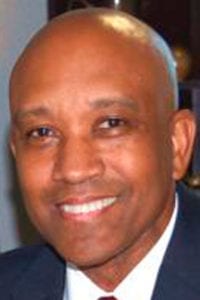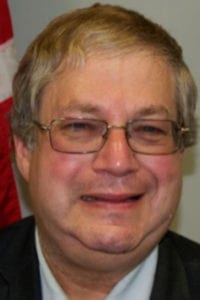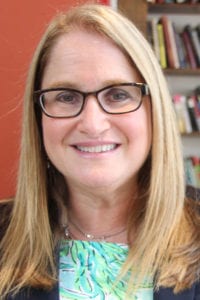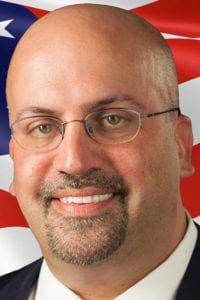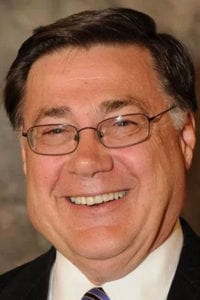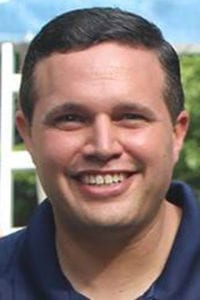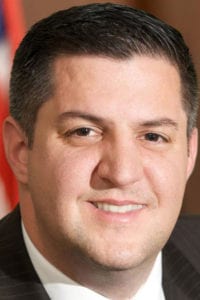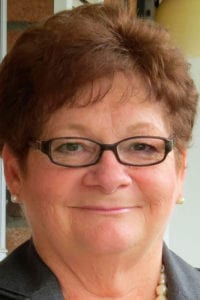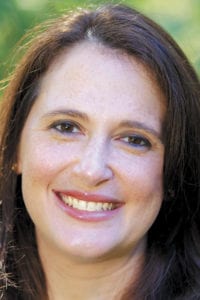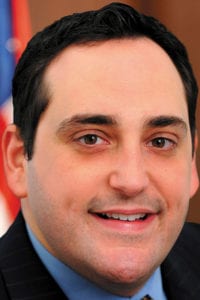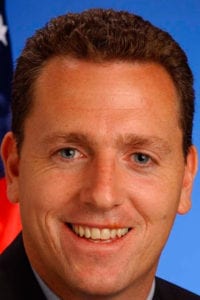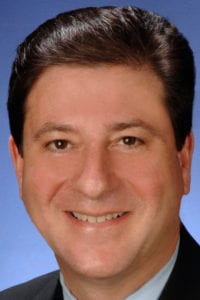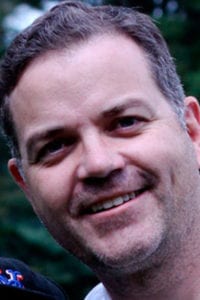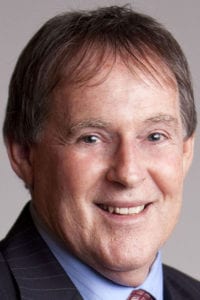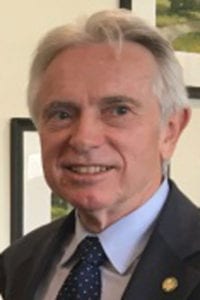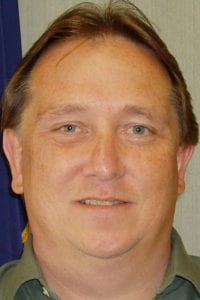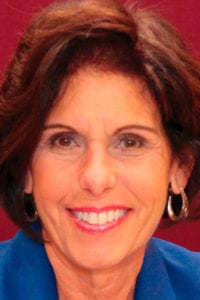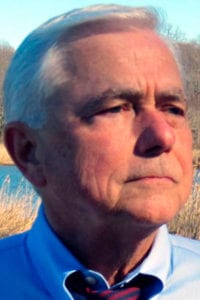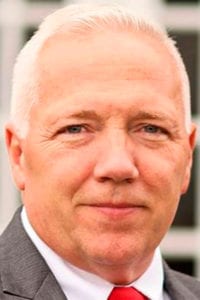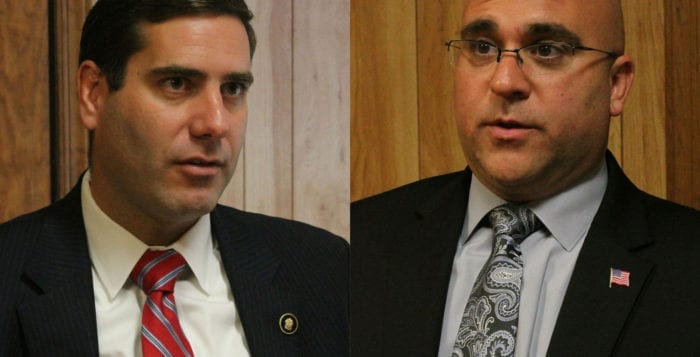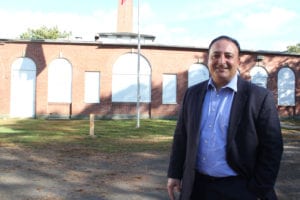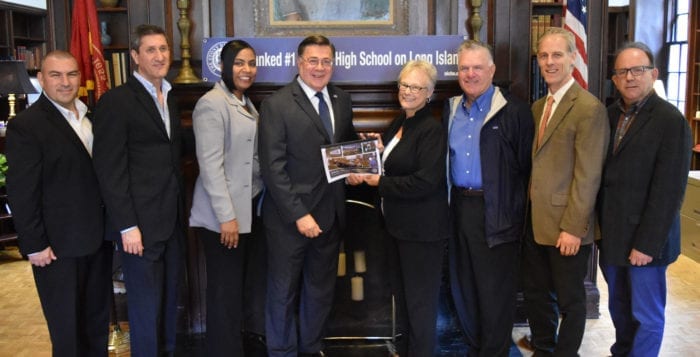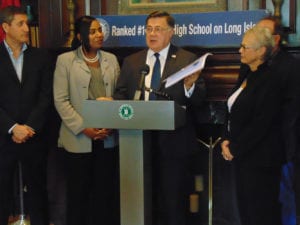Suffolk County District Attorney
A fresh start for DA’s office
It’s no secret that Suffolk County’s District Attorney office is in desperate need of a culture change. The allegations-turned charges against Thomas Spota (D), who held the position since 2001, have created public distrust in a position that requires it. The district attorney decides who gets charged with crimes, and a lack of confidence in the integrity of the person leading that position creates a tangled web of problems Suffolk County residents shouldn’t have to worry about.
To that end, Tim Sini (D) has dealt with a startlingly analogous situation as police commissioner, which ironically features many of the same players, and he’s handled it as well as anyone could have asked. Real progress is being made on the gang front, and we think his experience in the U.S. Attorney’s Office for the Southern District of New York, coupled with his time as police commissioner are more than enough to put to bed concerns from people like his challenger about his age and relative inexperience.
On Ray Perini (R), we were mostly satisfied with his defenses of two scandals from his past brought to light during this campaign. However, at a time like this, the mere hint of possible wrongdoing in the position of district attorney is enough to continue damaging public perception of a position in need of a fresh start.
With all that being said, we’re endorsing Sini for Suffolk County district attorney.
Suffolk County Sheriff
A new sheriff in the county
With two new candidates boasting impressive work backgrounds running for Suffolk County sheriff, Republican Larry Zacarese and Democrat Errol Toulon, it was difficult deciding who to endorse. After much deliberation Zacarese gets our endorsement.
We believe Zacarese has done his homework when it comes to the job as sheriff and his experience at Stony Brook University as assistant chief of police and director of the Office of Emergency Management will be an asset. His position there is a well-rounded one. He is involved in operations, planning, mitigation, response and recovery and working with the installation of and maintenance of the electronic security system for more than 250 buildings.
He has also met with those on task forces dealing with the gang problems on Long Island to ensure that they are well staffed and good relationships between federal and local agencies are intact.
We hope that Toulon will continue to pursue a career in politics. With a great deal of experience in law enforcement including at Rikers Island, we can see him serving the county in the future, perhaps in a role such as police commissioner.
Suffolk County Legislator District 5
Hahn handles county business
Kara Hahn (D-Setauket) has the experience to take care of business in the 5th Legislative District of Suffolk County, and we endorse her in her run for a fourth term as a county legislator.
Approachable and accessible, Hahn listens to the needs of her constituents.
The chairwoman of both the Environment, Planning & Agriculture Committee and Parks & Recreation Committee, she supports the county’s program to update septic systems, which will reduce nitrogen in our waters. In the past she has sponsored initiatives authorizing appraisal of lands under the Suffolk County Drinking Water Protection Program.
She has been a steward for our local parks by tackling illegal dumping by increasing county penalties and creating programs for children to explore local public lands with her Parks Passport program.
We were impressed with her challenger Republican Edward Flood, and we hope he will continue to pursue a political career. A lawyer who is the chief of staff for state Assemblyman Dean Murray (R-East Patchogue), we believe Flood has the potential to serve in office, and as a supporter of the group Long Island Needs a Drag Strip, he has good ideas when it comes to bringing in more tax revenues while creating minimal disruption to residents.
Suffolk County Legislator District 6
Safe in Sarah Anker’s hands
Suffolk County Legislator Sarah Anker (D-Mount Sinai) is focused on local issues.
Although legislative issues may reach further than that of the town, we appreciate the incumbent’s care and concern for her district’s constituents and the challenges they face, not just the ones that the county does.
We think she works diligently and closely with her constituents, making her the best candidate in this race. We commend her track record on issues like parks creation; protecting drinking water by prohibiting the acceptance of wastewater produced by hydraulic fracturing; and her work with Father Frank Pizzarelli and Hope House Ministries in Port Jefferson to try to quell opioid addiction.
Some of the points her Democratic opponent Gary Pollakusky made about the county’s lower bond rating, $2.1 billion debt and $200 million structural deficit are all causes for concern, but Anker is just one member of a larger group, and should not be held accountable for all of its ills or credited with all of its successes.
Pollakusky’s campaign style tends to be rough, even bullying. We are also concerned about the merits of his business ventures and nonprofit organization based on the odd mechanics of the website and social media.
Anker has shown leadership, being able to see the problem, recognizing who can solve the problem, getting in touch with the right people, putting them all together in a room and stepping back and letting the solution evolve. She listens to people and sees if she can help. We’re all for that.
Suffolk County Legislator District 12
Kennedy should keep at it
As her first full term in the Suffolk County Legislature comes to a close, we feel that Leslie Kennedy (R-Nesconset) has proven to be a passionate, effective and caring leader for the 12th District.
Kennedy, a longtime nurse, is not afraid to go toe-to-toe with her colleagues from both sides of the aisle, whether it’s regarding hikes in county fees or public safety projects, and seems to have the residents’ needs in mind with every decision she makes. It’s very clear she is rattled by the county’s current financial situation and is doing everything in her power to make sure families and constituents have the opportunity to grow and thrive. She has also done plenty of research on a wide variety of issues not only in her district but Suffolk County as a whole, and seeks to find a pragmatic solution to every one of them.
Suffolk County Legislator District 13
Trotta tackles Suffolk’s issues
It’s important, and rare, in politics to have a watchdog in the ranks — a whistle-blower who’s not afraid to call out colleagues and issues for the greater good. And there’s perhaps nobody on the local level with a louder bark than Legislator Rob Trotta (R-Fort Salonga).
Trotta, a former county police officer, has for the last four years consistently fought in favor of making Suffolk County an easier and cheaper place to live for residents of all ages even at the expense of making enemies. He’s become the face of exposing corruption in the county, whether it’s egregious hikes in fees or the connection between campaign contributors and elected officials. He’s also on the front line of the debate against the Suffolk County Red Light Safety Program, which has been proven to increase accidents at busy intersections and seems to serve no other purpose than to collect more fees from residents.
His Democratic opponent Colleen Maher doesn’t appear to show any interest in campaigning and, as far as we know, is just a name to put on the ballot.
Trotta is brutally honest, a statistics and facts-based whiz and the very definition of a realist. He tells it like it is and actually backs up his accusations with ways to fix the problems.
As cynical as he is about the way the county runs, it’s apparent that Trotta still very much cares about the region and is rooting for it to turn around, especially for the sake of young people. He wants them to have an opportunity to grow and thrive here. And, with him serving more terms as legislator, there’s a chance they will one day.
Suffolk County Legislator District 16
Bring Berland to the county
When it comes to Suffolk County’s 16th Legislative District, we believe that Democratic hopeful Susan Berland has the experience and community knowledge needed fill the seat of termed-out Legislator Steve Stern (D-Dix Hills).
Berland has shown her devotion to the Town of Huntington’s residents by working full time as a councilwoman for the last 16 years, despite it being only a part-time position. She demonstrates a fine-tuned understanding of the taxpayers needs on multiple issues: sticking to a tight budget while maintaining town services and supporting affordable housing projects while promising to fight for preservation of open space.
Her prior work experience as a state assistant attorney general will give her insight into tackling the area’s challenges of combating gang violence and drug addiction. Public safety remains another big task.
While we applaud the efforts of Republican candidate Hector Gavilla in his first run for political office, he needs to gain a better grasp of a county legislator’s role and how national issues translate the local level first. It’s difficult to understand his position on some issues. Gavilla said he was strongly in favor of cutting back on Suffolk police officers’ salaries while simultaneously stating that the government should spare no expense in protecting the public’s safety, also noting that he would increase police patrols.
The next individual elected to the county legislature will need a nuanced, detailed understanding of budgets, contracts and smart growth, and we think Berland fits the bill.
Suffolk County Legislator District 18
Doc Spencer can fix Suffolk
Suffolk County Legislator William “Doc” Spencer (D) has served admirably in his role representing the northern portion of Huntington township in the county’s 18th Legislative District for the last six years.
Spencer’s background as a licensed physician has given him the insight and experience to successfully tackle several serious health issues. Spencer’s résumé includes raising the age to purchase tobacco to 21; banning the marketing of energy drinks to youth; prohibiting the sale of powdered caffeine to minors and more. In our conversation with him, Spencer demonstrated a nuanced understanding of the different challenges the county faces in addressing the opioid and heroin problem.
While his Republican challenger Dom Spada raises legitimate concerns regarding Suffolk County’s fiscal situation, it is a crisis that every elected official is aware of and has spoken about at length. No one is arguing against cutting costs, but the bigger challenge is reaching a consensus on where to make cutbacks and trim programs.
We believe that Spencer is an overall stronger candidate to address the county’s pressing health needs and build the consensus in the Legislature needed to fix the county’s budget woes.

